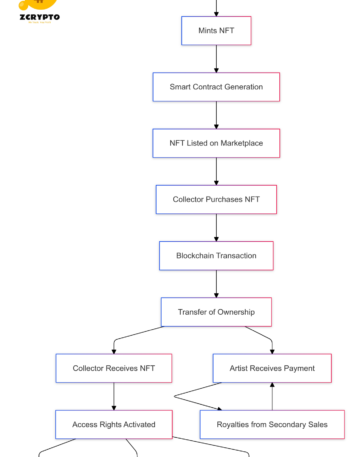What is Depreciated Cost?
Definition
Depreciated cost, also known as net book value or adjusted cost basis, represents the remaining value of a fixed asset after accounting for the depreciation it has undergone over its useful life. It is calculated by subtracting the accumulated depreciation from the original purchase price or cost basis of the asset.
- What is Network Effect? Analyzing Value Growth in Connected Systems
- Unlocking Global Markets: The Ultimate Guide to the Chicago Mercantile Exchange (CME)
- Unlocking Financial Freedom: The Benefits and Investment Strategies of Dual Income, No Kids (DINK) Households
- What is Music NFT? Transforming Artist-Fan Relationships
- How to Use Form 4952: A Comprehensive Guide to Investment Interest Expense Deductions
Calculation
The formula for calculating depreciated cost is straightforward:
Bạn đang xem: How Depreciated Cost Impacts Your Business Finances and Tax Savings
[ \text{Depreciated Cost} = \text{Purchase Price (or Cost Basis)} – \text{Cumulative Depreciation} ]
For example, if you purchased a crane for $100,000 and it has accumulated $30,000 in depreciation over three years, the depreciated cost would be:
[ \text{Depreciated Cost} = \$100,000 – \$30,000 = \$70,000 ]
This example illustrates how the value of an asset decreases over time due to wear and tear.
Impact on Financial Statements
Balance Sheet
Xem thêm : Mastering Debt Issues: Strategies and Solutions for Financial Freedom
Depreciation significantly affects your balance sheet by reducing the total assets through the accumulated depreciation account. For instance, if you have a piece of equipment with an original cost of $50,000 and $10,000 in accumulated depreciation, the balance sheet will show this asset at its depreciated cost of $40,000. This reduction in asset value indirectly affects shareholders’ equity by reducing the overall asset base.
Income Statement
On the income statement, depreciation is recorded as an operating expense. This means that it directly reduces your net income. However, it’s important to note that depreciation is a non-cash expense, meaning it doesn’t affect your cash flows from operations. For example, if your business incurs $20,000 in depreciation expenses in a year, your net income will be reduced by $20,000 even though no actual cash was spent.
Cash Flow Statement
In the cash flow statement, depreciation is added back to net income in the operating activities section. This adjustment increases the reported cash flows from operations because depreciation does not involve any outflow of cash. So if your net income was reduced by $20,000 due to depreciation expenses on the income statement, adding back this amount on the cash flow statement would restore your cash flow figure.
Impact on Financial Ratios and Performance Metrics
Increased depreciation expenses can have a significant impact on various financial ratios and performance metrics. Here are a few key ones:
-
Profitability Ratios: Higher depreciation expenses can decrease gross profit margins and net profit margins because they are treated as operating expenses. This affects ratios such as net profit margin, return on assets (ROA), and return on equity (ROE).
-
Liquidity Ratios: Depreciation does not affect liquidity ratios such as the current ratio or quick ratio because these ratios focus on current assets and liabilities rather than long-term assets.
Tax Implications
Depreciation has substantial tax implications for businesses. Since depreciation is considered a deductible expense, it reduces taxable income and subsequently lowers tax liabilities. For instance, if your business has $50,000 in taxable income before depreciation and incurs $10,000 in depreciation expenses during the year, your taxable income would be reduced to $40,000. This reduction can lead to significant tax savings for businesses.
Impact on Decision-Making
Xem thêm : What is Move to Earn? A Technical Analysis of Performance-Based Cryptocurrency Rewards
Understanding depreciation is crucial for making informed capital budgeting and investment decisions regarding assets. Here’s why:
-
Capital Budgeting: Knowing the expected depreciation of an asset helps in evaluating its total cost of ownership over its useful life.
-
Maintenance Costs: High depreciation expenses might indicate high maintenance or replacement costs associated with an asset. This insight can influence management decisions to seek more cost-effective alternatives or invest in preventive maintenance.
Methods of Calculating Depreciation
There are several methods to calculate depreciation depending on the nature of the asset and business needs.
Straight-Line Depreciation
The straight-line method involves evenly distributing the depreciation over the asset’s useful life. For example, if an asset costs $10,000 with a useful life of five years and no residual value:
[ \text{Annual Depreciation} = \$10,000 / 5 = \$2,000 ]
Diminishing Value Depreciation
The diminishing value method, also known as the reducing balance method, involves applying a fixed percentage rate to the asset’s book value each year. The percentage rate remains constant but the amount of depreciation decreases each year because it is applied to a lower book value.
Nguồn: https://staredecisis.quest
Danh mục: Blog





